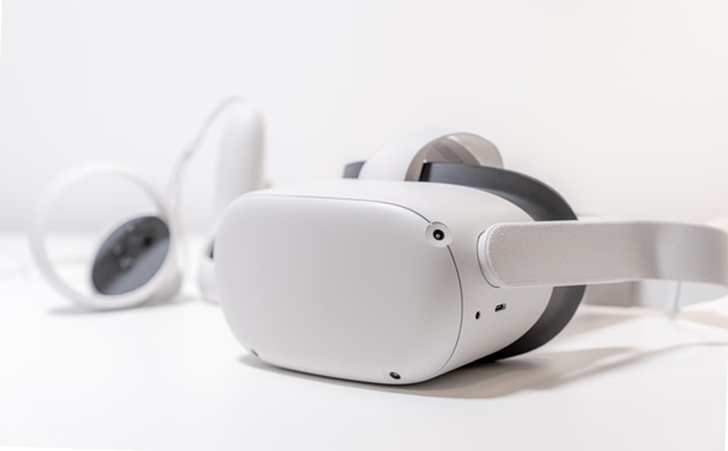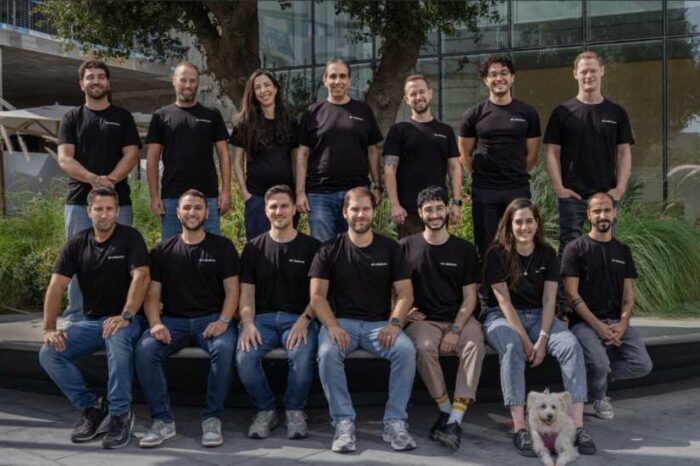Why is the Meta Quest Failing to Deliver Massive Mainstream Gaming Experiences?

There was a time when virtual reality (VR) was thought of as the next big thing in gaming, the next platform for never-before-seen levels of immersion and creativity. If your name is Mark Zuckerberg, you probably still think it is.
The Meta Quest series is part of the Zuckerberg vision, and like many quests he’s invested billions into, this one is also failing. And if the failure of Meta Quest 2 wasn’t enough, he’s gone and released the Meta Quest 3. More billions are down the drain despite ranking as one of the best VR headsets and most expensive at $499.99.
Despite its promise, the Meta Quest does not offer large-scale, mainstream gaming experiences that would make it standard in almost every house.
Read on to find out why.
Outdated Software and a Limited Game Library
According to Meta themselves, they’ve spent over $2 billion developing Meta Quest titles – as we said, billions down the drain. To compete in the market of best-selling video games, they had to spend. There are so many great titles in different shapes and sizes. But can we say Meta has entered that market convincingly?
Still, Meta seems to have managed to grab the technological edge for hardware over other software products. The Meta Quest 3 does give players better visuals, enhancement in passthrough, and increased comfort. But nothing saves the variety in their game catalog that leaves a lot to be desired.
Players tend to go back to several older games like Beat Saber and Superhot VR. The games are thought to be enjoyable to some degree; nonetheless, they don’t use the advanced possibilities of Quest 3, nor do they meet the cinematic level of appeal that a general gamer would seek.
For years on end, gamers have had their hopes raised on exciting titles such as Grand Theft Auto: San Andreas VR that have never been delivered. Instead, new hardware launches feel old as users yearn for new and creative high-quality content.
Hardware That Feels Like Overkill
There is no denying that the Meta Quest 3 is a great technology. It has better graphics, incredible color for mixed reality, and very impressive TruTouch feedback in its controllers.
Still, most of these upgrades are hardly even put to use. Games made for earlier versions, such as the Meta Quest 2, do not even display the possibilities of the Quest 3, and that makes its increased graphics and processing seem pointless.
These upgrades, though improving the overall experience, still introduce extreme costs. The base price starts from around $499 for the Quest 3, and it goes much higher with better accessories such as head straps or carrying cases.
Frustrating Ecosystem Decisions and Poor Support
Frustrating ecosystem decisions and poor support have also faltered in pulling together the easily navigable and customer-friendly ecosystem.
The Facebook linkage to headsets was compulsory for the early users of the Quest, which created controversies. And although Meta shifted to using a Meta account later on, the reputation that it began with had already been tarnished.
There is also the issue of Meta’s poor support for older models. It is planned that the original Quest will become unable to use basic features like the party functionality or Horizon Home by 2025, along with the essential security updates active since its release just 3 years ago.
The Failure to Cultivate a VR Community
One of the things most overlooked by the Meta Quest is the community aspect of a game.
While VR presents a massive opportunity to develop social experiences, Meta did this quite poorly. The withdrawal of Horizon Home, which allowed users to meet their friends outside the game in virtual places, was only one of the many pegs about this wrong.
Meta stands to lose more without a strong and organized community platform, and its users are bound to be dissatisfied.
Have you played on the new Meta Quest 3? Or any of them, for that matter? We think there’s a lot the brand can do to up their VR game!




